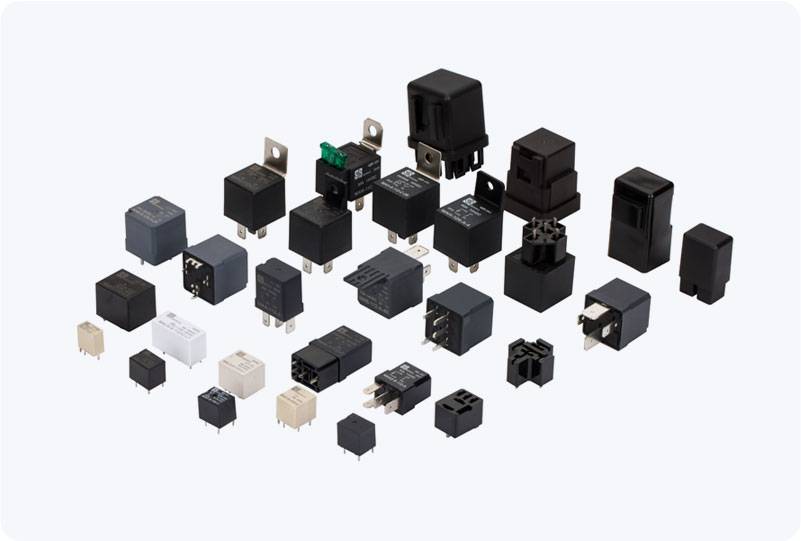understanding the optocoupler protected relay module: a key component in electrical control systems
Release time:2025-06-08 09:06:58
In modern electrical and electronic systems, safety, reliability, and efficiency are of paramount importance. One of the crucial components that address these concerns is the Optocoupler Protected Relay Module. This module serves as an effective solution for isolating low-voltage control circuits from high-voltage power circuits while ensuring smooth and safe operation. It combines the functionality of a relay with the isolation provided by an optocoupler, offering numerous benefits in terms of both electrical protection and control.

What is an Optocoupler Protected Relay Module?
An Optocoupler Protected Relay Module is a versatile electronic device that integrates an optocoupler and a relay into one module. The optocoupler provides electrical isolation, protecting sensitive control circuits from high voltages or electrical surges, while the relay allows for the switching of high-power electrical loads. This combination makes the module ideal for use in applications where a low-voltage control signal needs to switch a high-voltage circuit or device.
How Does It Work?
At the core of the Optocoupler Protected Relay Module is the optocoupler, also known as an optoisolator. The optocoupler consists of an LED and a photodetector. When a low-voltage signal is applied to the LED, it emits light that activates the photodetector, which in turn triggers the relay. This process ensures that the low-voltage control signal does not come into direct contact with the high-voltage load circuit, thus providing electrical isolation.

